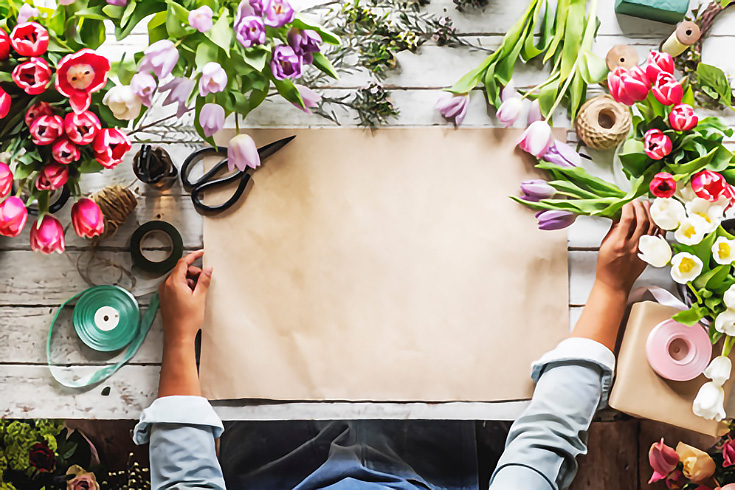Making art may be “just a hobby” for a lot of people, but not for artists—even part-time artists. Sure, making art is different than the daily grind of, say, office work, but it’s still a job. It can still wear us down, be tiring, stressful, or boring.
If you ever catch yourself feeling that way about your art, you’re not alone. And all it means is that you’re ready for some variety in your off hours. You need a hobby!
Many of my artist friends have serious hobbies, and in most cases, those hobbies help nourish their creative pursuits too.
One friend, for example, grows vegetables in a postage-stamp-sized urban plot. At home, she does detailed watercolors of her crop. Another collects miniature dollhouse furniture. She says it’s like travel; she can take a fantasy trip into the ornate, whimsical rooms she has designed.
Another painter told me she used to think adult coloring was a fad; now she has discovered some amazing coloring book artists and has been creating her own coloring pages.
Highly successful creatives know they must stay open to mental nourishment. Famed artist Takashi Murakami undertook serious study of his Japanese heritage to inform his latest works.
In her later years, surrealist painter Dorothea Tanning took up poetry, becoming an accomplished poet. She also did soft sculptures for 5 years.
In the science of creativity, much has been written about opening new neural pathways. Creating art does this by itself, but if you’re already an artist, you might need something different, or to experiment in a new artistic discipline to reap some of those benefits for your own creativity.
The collision of ideas, which is called “bisociation” in Arthur Koestler’s book The Art of Creation, is what brings on new ideas. Combining thoughts and images, sudden inspiration, and developing muscle memory are what makes artists tick. We need to put both our minds and bodies into what we do to get something creative out.
If you feel stuck in your art, for example, being UN-stuck at something else can bring you the self-confidence you need to improve. As an artist, it may be tough for you to show your work. A hobby is different. If your hobby is a creative pursuit, you can share it with whomever you choose, perhaps inviting them to participate. Or, keep it private; the choice is yours.
Your hobby may even be something as simple as finding the best coffee in your town. Or, it could be something that requires practice, such as learning to sew or to program a computer. Maybe you take a lot of iPhone photos—your hobby could be to try something new with it, like using a wide-angle lens. If you’re a 2D artist, maybe try out some fun 3D art apps.
Perhaps you already have hobbies, even multiple ones. Maybe you’re really into some of them, less into others. It’s fine to jettison those that aren’t inspiring. And to change them when you feel like it.
If you can’t travel far away to get inspired, that’s OK too. There are worlds upon worlds in nature; a good camera and a good eye can reveal them. If you’ve gotten out of the habit of sketching, it’s always a great time to get into it.
Certainly, you need to stay focused on your main goals, and keep your hobby as a secondary thing—unless you find you prefer it—but chances are, trying a new, exciting hobby will simply refresh your excitement and passion for your main pursuit.
That’s the wonderful thing about creativity—the more ways you use it, the more you increase it! I encourage you to try a new hobby this week, and see how it ends up enriching your artistic practice as well!
Special thanks to Vicky Rubin for sharing this post! For more from Vicky, please visit her art blog and portfolio at www.doodlesoop.com
This post may contain affiliate links.

